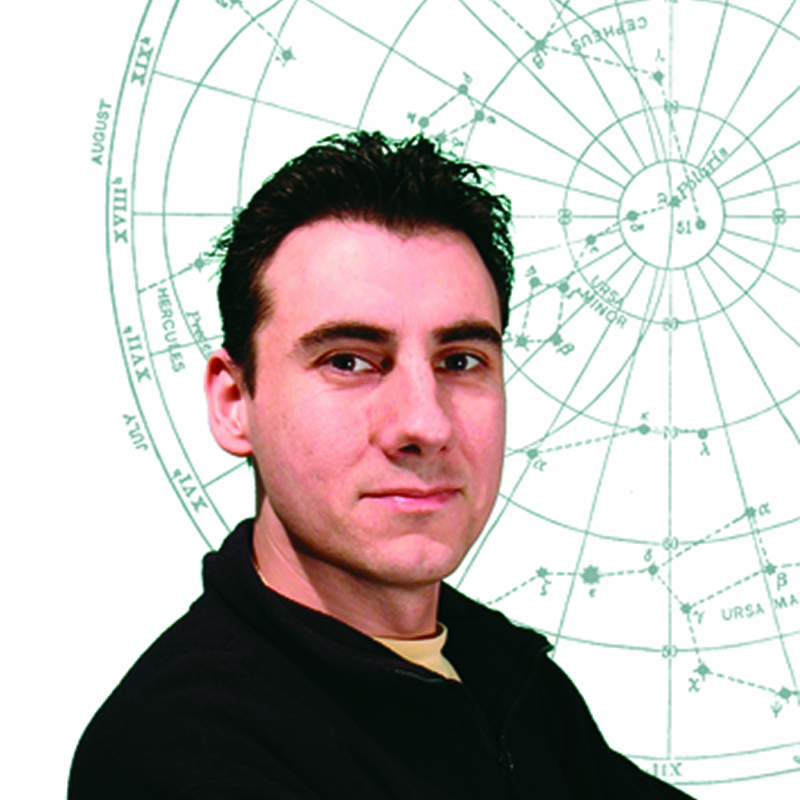What are the faintest things you can expect to see with a telescope? The first thing to consider when answering this question is the build quality of the telescope and the tripod. These should be sturdy to give views that don’t shake around.
But there's more to it. In this article we'll consider what affects a telescope’s performance, why aperture is the most important aspect of a telescope and which eyepieces suit different targets
More on choosing the right telescope:
- Telescope stats explained
- How to choose your first telescope
- Best telescopes for astronomy beginners
A telescope’s performance is dependent on the quality of its optics – its mirrors, lenses and eyepieces – and, most importantly, the size of its aperture.
The diameter of a telescope’s front end is key as it dictates how much light you can get into the scope, and the more light it collects, the fainter the stars it will show.
For more on this, read our guide to stellar magnitude.

With more light comes the ability to magnify the view more: larger apertures make it possible to increase the power, which is another way of saying magnification.
It's simple to work out:
- magnification is the focal length of the telescope divided by the focal length of the eyepiece.
Different eyepieces will give you different magnifications or you can use a Barlow lens to increase the power of a view.
These optical aids sit between an eyepiece and the scope, and will typically double the magnification of the eyepiece.
There’s a limit, however, which as a rule is:
- a telescope can magnify twice its aperture in millimetres, or 50 times the aperture in inches.
So a 100mm (4-inch) scope’s maximum power would be 200x. For a 150mm (6-inch) scope it would be 300x and for a 250mm (10-inch) scope it would be 500x.
Why the limit? Well, when a view is magnified, or enlarged, the fixed amount of light gets spread out over a wider area and eventually becomes too faint to be useful.
Increase your telescope's power with eyepieces
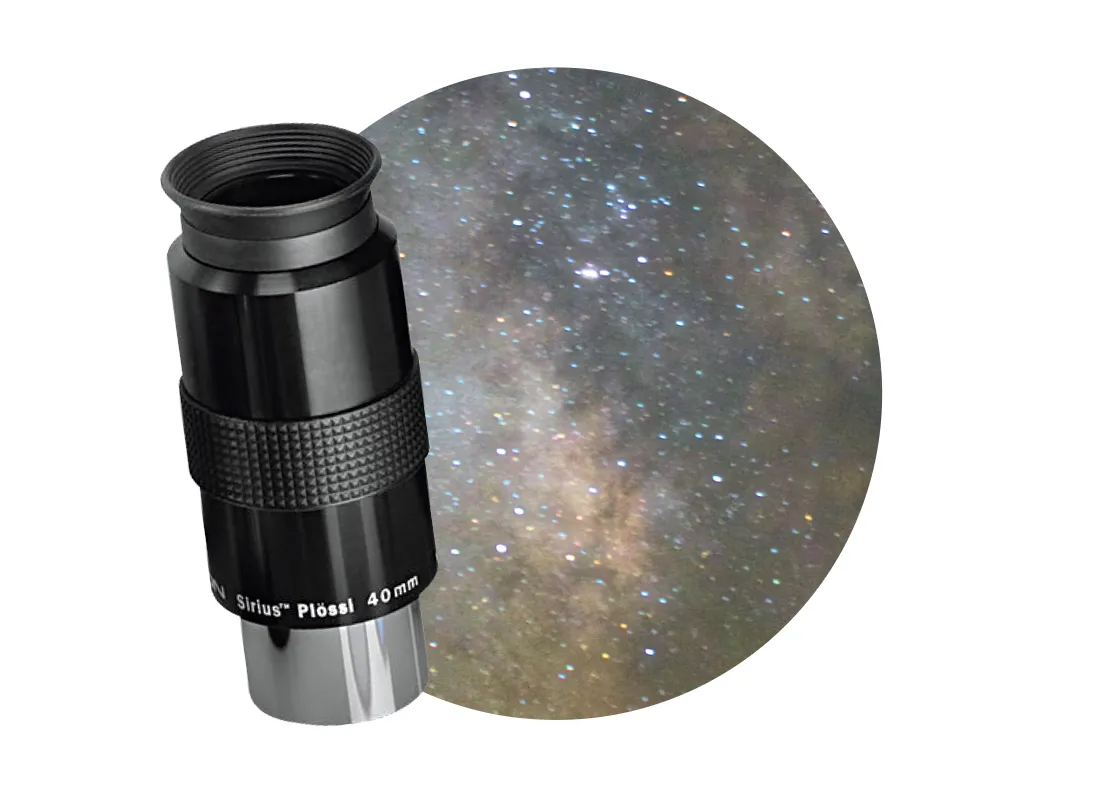
A 40mm eyepiece and a 750mm focal length scope gives 18.75x magnification. This is a great option for viewing the Milky Way and sprawling regions of nebulae.
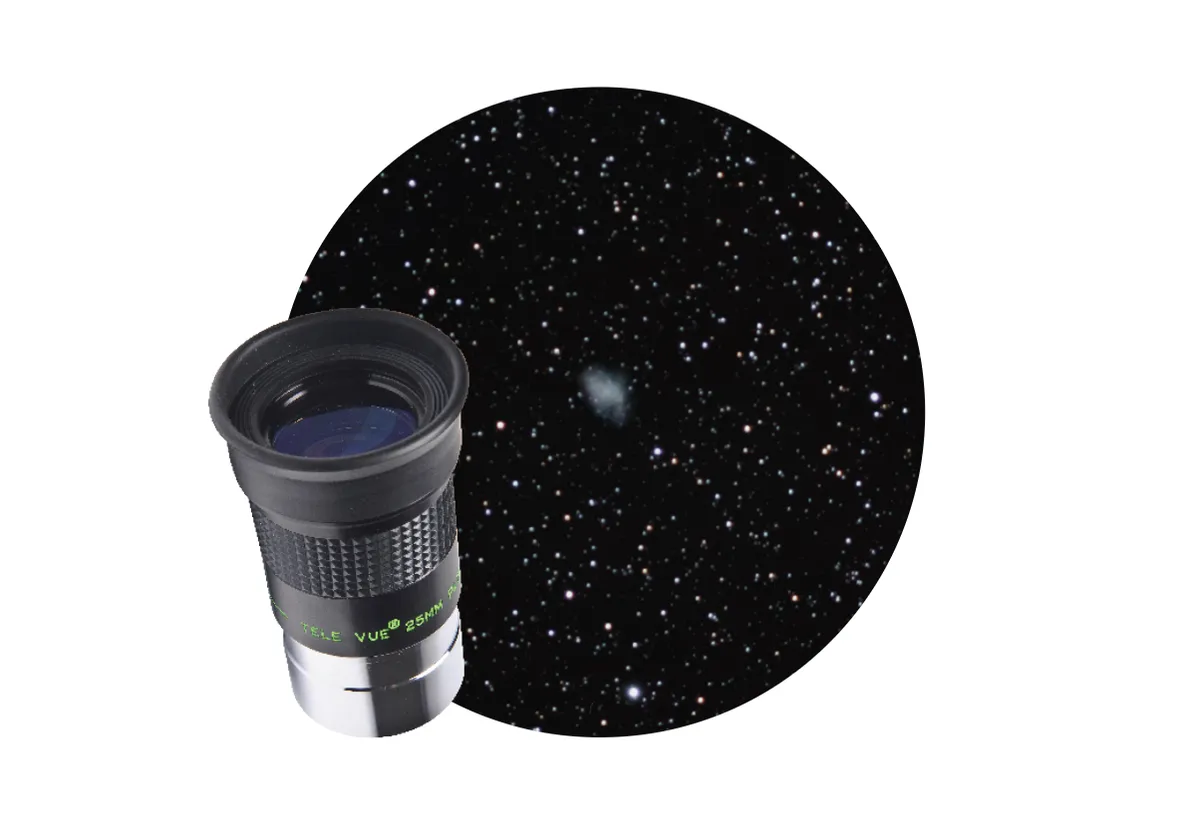
A 25mm Plössl eyepiece and a 750mm focal length scope gives 30x magnification. Use this kind of power when you want to view faint objects like the Crab Nebula without losing too much contrast.
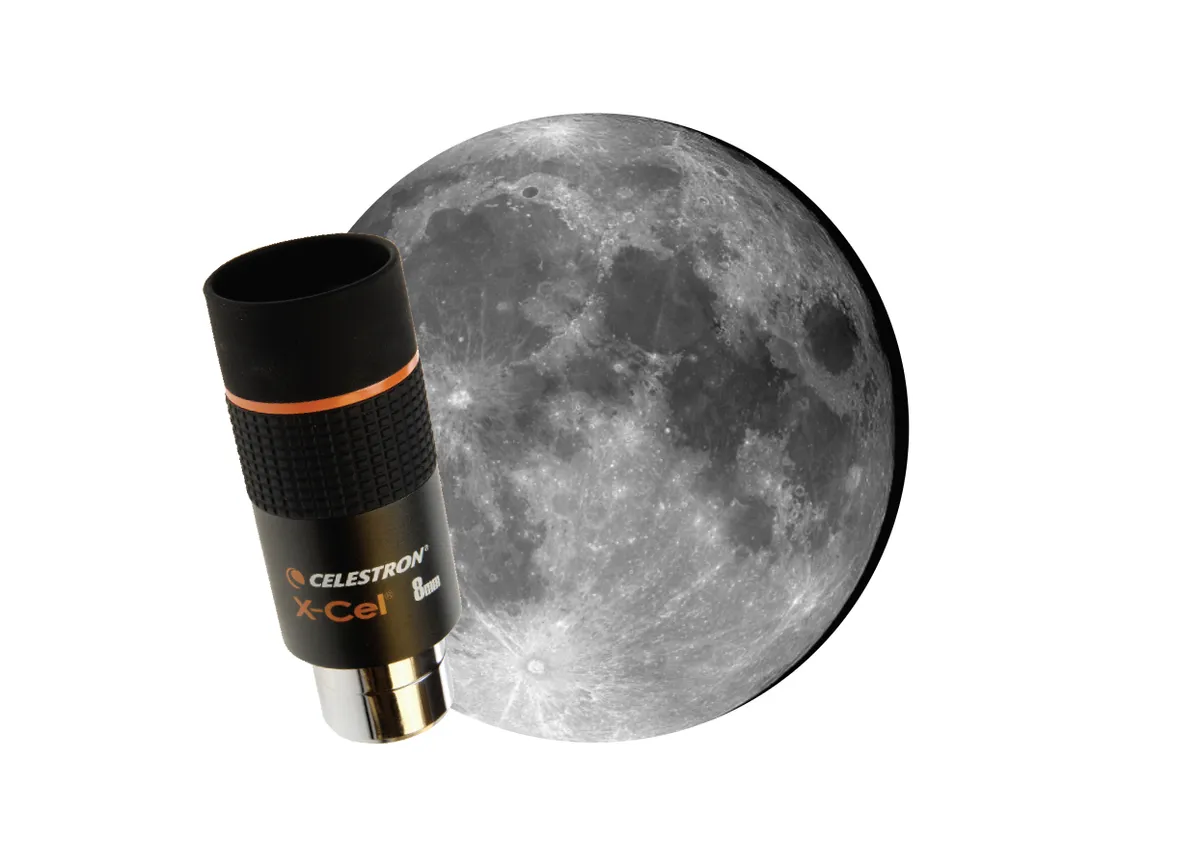
An 8mm eyepiece and a 750mm focal length scope gives 93.75x magnification. This will provide you with close-up views, particularly useful for lunar and planetary observing.
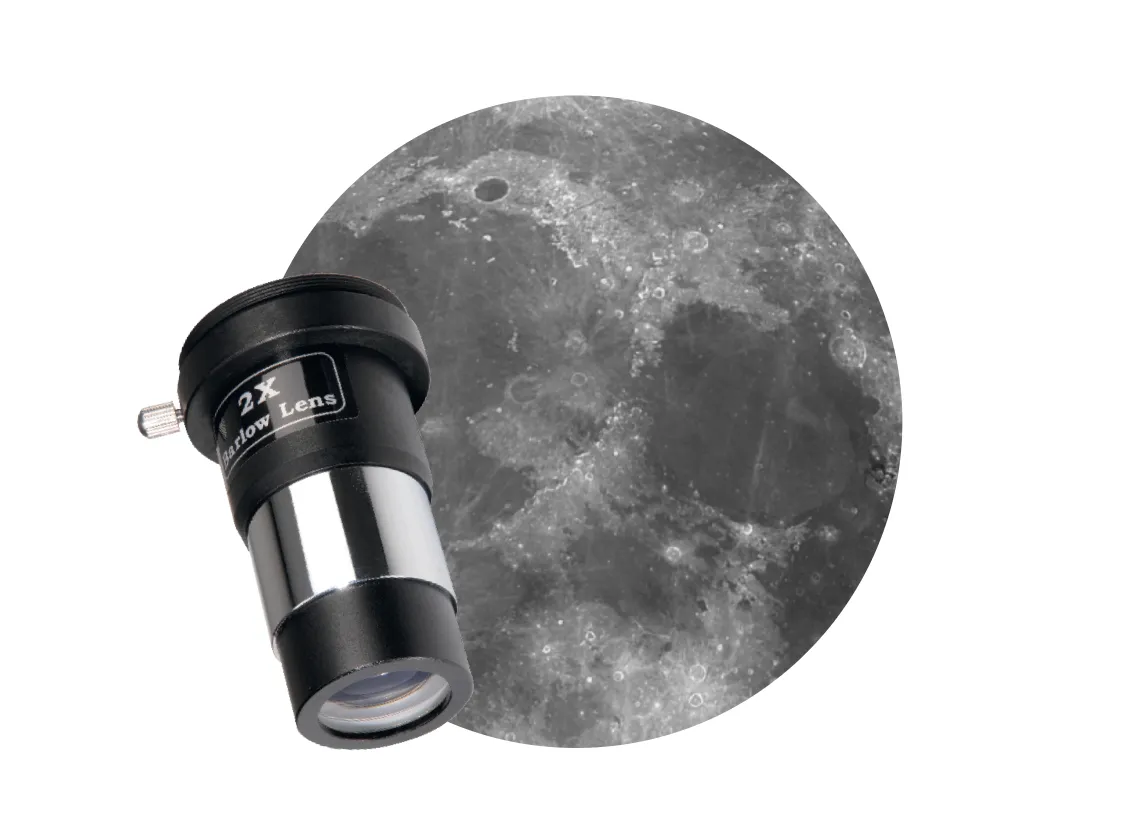
Though not an eyepiece, a 2x Barlow lens gives more power, doubling the magnification of any eyepiece used with it – giving you greater flexibility when you’re out observing.
Choosing the best telescope magnification
You should also choose a magnification that is best suited to the object you want to look at.
Something like the Andromeda Galaxy won’t look its best with a really high power as its light will become more diffuse and you won’t see as much detail. Objects like this, which are spread over larger areas of sky, are best viewed using a lower magnification.

On the other hand, if you were observing a very close double star you’ll want as high a power view as possible– dependant on the scope’s aperture, of course – to split the stars.
A telescope’s ability to split a binary star is known as its resolving power. You
can work in arcseconds with a simple calculation:
- for the maximum resolving power of any telescope, divide 4.56 by the scope’s aperture in inches
Unfortunately, the limits of any telescope’s performance are rarely achieved, as they are based on perfect viewing conditions: something of a rarity in the UK!
How far can you push amateur telescopes?

From a dark site, a 3- to 4-inch scope will show faint globular clusters, emission nebulae, planetary nebulae and galaxies. Most galaxies will look like featureless, hazy patches similar to the image of the Pinwheel Galaxy above.

With a 6- to 8-inch scope from a dark location, fainter asteroids such as 742 Edison, at mag. 13.8, will appear as tiny ‘stars’. Nebulae such as the Orion Nebula M42 in Orion, pictured above, reveal much more internal detail.
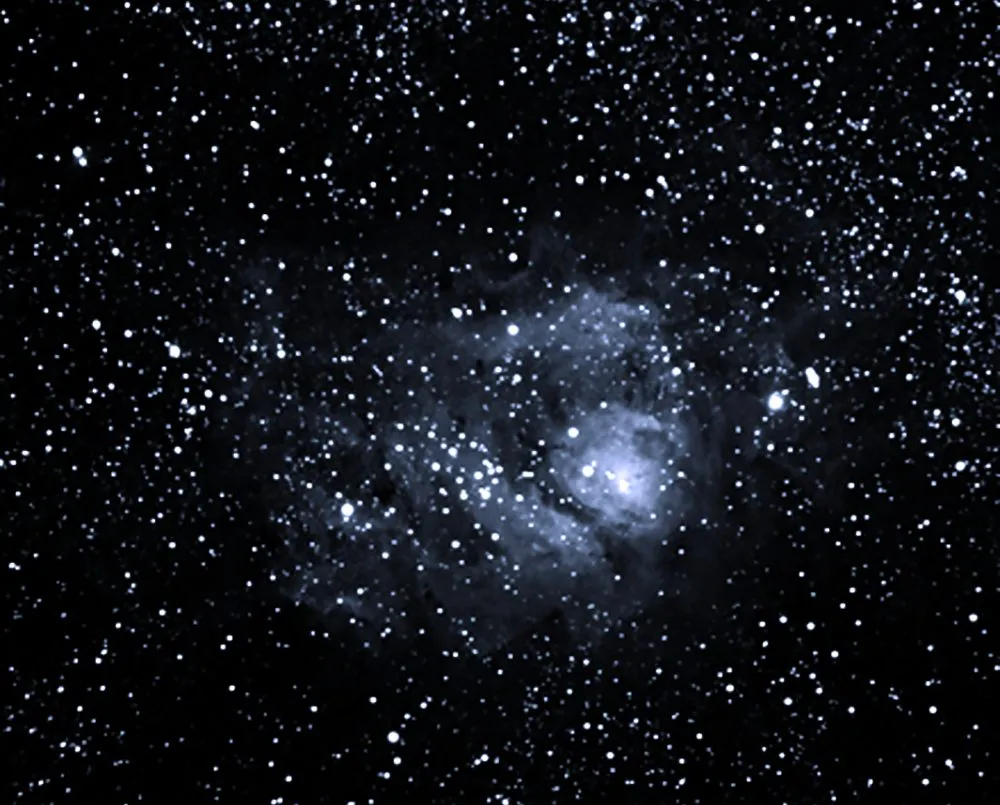
Using a 10- to 16-inch scope, you’ll be able to see thousands of deep-sky objects, including the Trifid Nebula in Sagittarius, pictured. Dwarf planet Pluto would also be visible as a faint, star-like point through a scope of this size.
What are the faintest stars you can see with the naked eye?
On a perfectly clear night with no moonlight, it is said that the eye can see celestial objects as faint as magnitude +6.0, although some claim they can observe objects fainter than mag. +6.5.
This is of course dependent on ambient conditions such as how steady the atmosphere is and how much the view is affected by light pollution.
Under the darkest skies, your eye may well be able to pick out objects like the mag. +5.7 Pinwheel Galaxy in Triangulum and at least 12 members of the Pleiades star cluster.
This article originally appeared in the April 2012 issue of BBC Sky at Night Magazine.
